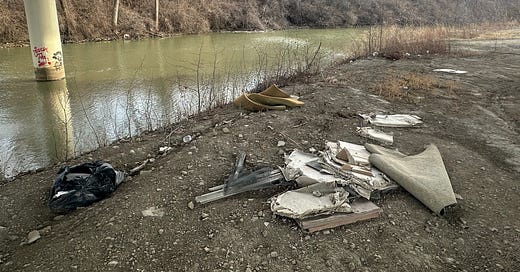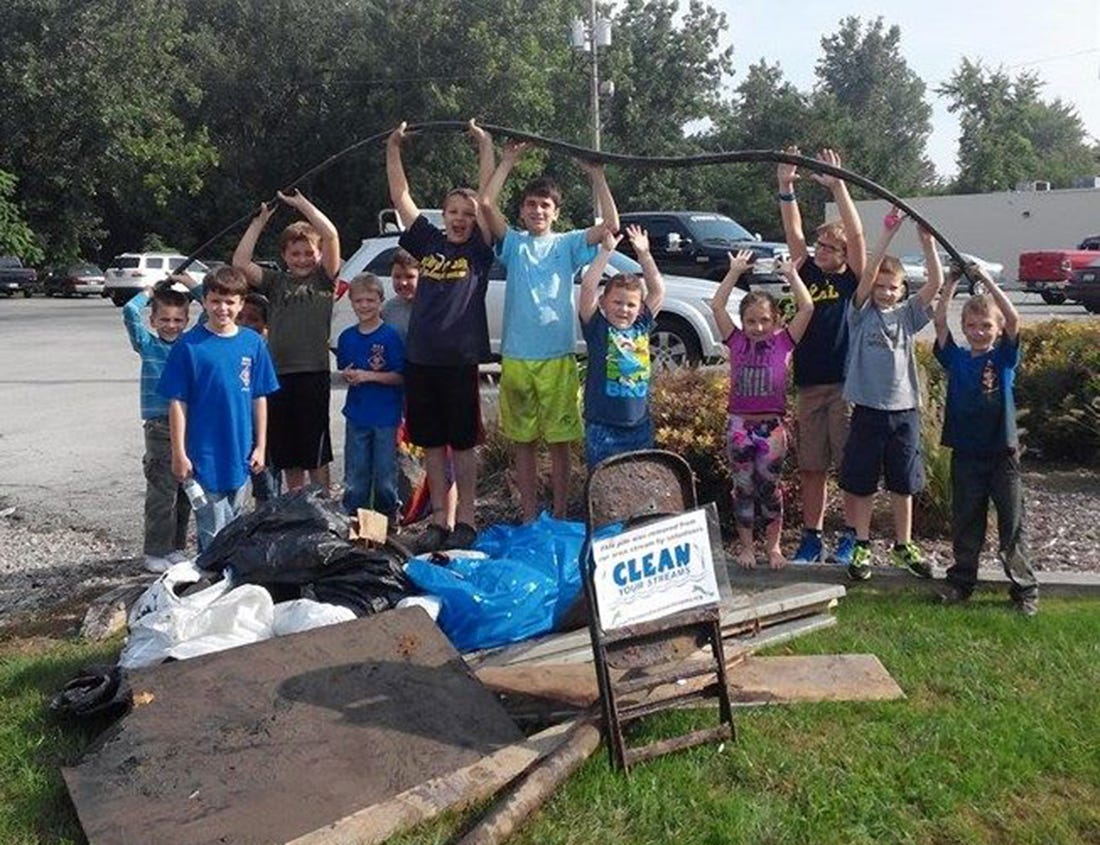Dead fish.
That was my first experience with a beach.
I was seven years old, and my parents had decided to take my sister and me to Crane Creek State Park for a picnic and swim. The smell of fish wasting away on the shore greeted us on that hot, summer day — scarcely a happy memory and, quite possibly, why I never developed a compelling desire to live on the water. I loved swimming too much to avoid a dip in the lake that day, but it was clear to me even at my tender age that something was wrong with that place.
Later in my elementary school years, our Weekly Reader informed us that the Cuyahoga River caught fire.
My interview with Jesse Stock, the executive director of Partners for Clean Streams reminded me of these childhood encounters with neglected waterways and showed me how the people who live near them can make a difference.
Dead fish and a burning river were the consequence of years of environmental neglect of our waterways — and as it so often happens, it took a crisis to inspire the individual and collective actions that eventually restored Lake Erie to a place where fishing enthusiasts come from across the country to catch perch, bass and the coveted walleye.
But this bounty is once again under threat — this time, from toxic algae blooms and oxygen-starved dead zones in the lake. And phenomenal amounts of trash — from windblown paper and plastics to obviously dumped garbage — litter the banks of streams and rivers in our area. Plastic trash that is not removed from these areas ultimately enters our waterways, breaking down into microplastics that invade the bodies of fish, wildlife and humans. Here are a few snapshots taken in early spring near the Ottawa River in Toledo:
These are just two of the threats to our waterways that Partners for Clean Streams is working to overcome. Small but mighty, this tiny local organization extends its reach each year through citizen volunteers who collect thousands of pounds of trash and conduct water testing to support scientific research. You’ll find people of all ages and backgrounds among the area residents who participate in these efforts. This edition of Your Community Matters describes what they do and how you can join them.
Another stream that is of considerable importance to this organization is their revenue stream. Most of their miniscule budget comes through — but not from — the Ohio EPA. Those funds come from the federal EPA. If this stream suddenly dries up, will the State of Ohio pay for the work of Partners for Clean Streams? If this occurs, it would be likely that many more cost burdens will be shifted from the federal budget to U.S. states. In such an environment, it may be entirely on local supporters to sustain the mission of protecting our watershed.
Clean water and uplifting outdoor spaces are essential to our quality of life wherever we call home. In the future, a greater local commitment may be required to sustain the decades-long effort of maintaining a healthy aquatic ecosystem in our region. But for now, working toward their preservation is something anyone can participate in, even if it’s just heading out with a few friends to a stream or river near you to clear its banks of trash.
Waterways cleanup is GAME ON at Partners for Clean Streams! Learn how you can get involved.
Discover how plastic residue is affecting wildlife and human health.
















Share this post